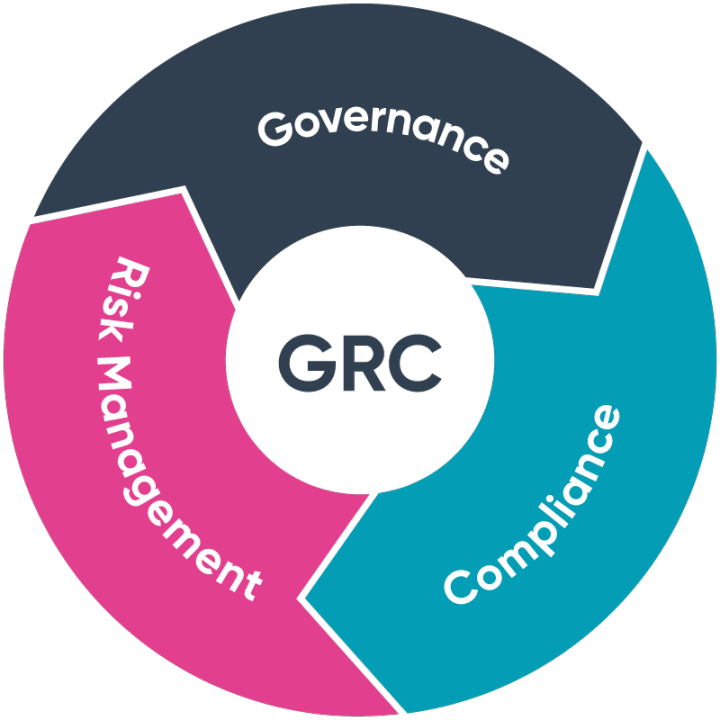In the second part of this blog series on Unscrambling Cybersecurity Acronyms, we covered Endpoint Detection and Response (EDR) and Managed Endpoint Detection and Response (MEDR) solutions, which included an overview of the evolution of endpoint security solutions. In this blog, we’ll go over Managed Detection and Response (MDR) and Extended Detection and Response (XDR) solutions in more depth.
What are Managed Detection and Response (MDR) solutions?
MDR solutions are a security technology stack delivered as a managed service to customers by third-parties such as cybersecurity vendors or Managed Service Providers (MSPs). They’re similar to Managed Endpoint Detection and Response (MEDR) solutions since both solutions are managed cybersecurity services that use Security Operations Center (SOC) experts to monitor, detect, and respond to threats targeting your organization. However, the main difference between these two offerings is that MEDR solutions monitor only your endpoints while MDR solutions monitor a broader environment.
While MDR security solutions don’t have an exact definition for the types of infrastructure they monitor and the underlying security stack that powers them, they often monitor your endpoint, network, and cloud environments via a ‘follow the sun’ approach that uses multiple security teams distributed around the world to continually defend your environment. These security analysts monitor your environment 24/7 for threats, analyze and prioritize threats, investigate potential incidents, and offer guided remediation of attacks. This enables you to quickly detect advanced threats, effectively contain attacks, and rapidly respond to incidents.
More importantly, MDR security solutions allow you to augment or outsource your security to cybersecurity experts. While nearly every organization must defend their environment from cyberattacks, not every organization has the time, expertise, or personnel to run their own security solution. These organizations can benefit from outsourcing their security to MDR services, which enable them to focus on their core business while getting the security expertise they need. In addition, some organizations don’t have the budget or resources to monitor their environment 24/7 or they may have a small security team that struggles to investigate every threat. MDR security services can also help these organizations by giving them always-on security operations while enabling them to address every threat to their organization.
One drawback to deploying an MDR security service is that you become dependent on a third-party for your security needs. While many organizations don’t have any issues with this, some organizations may be hesitant to hand over control of their cybersecurity to a third-party vendor. In addition, organizations such as larger, more-risk averse companies may not desire an MDR service because they’ve already made cybersecurity investments such as developing their own SOC. Finally, MDR security solutions don’t have truly unified detection and response capabilities since they’re typically powered by heterogenous security technology stacks that lack consolidated telemetry, correlated detections, and holistic incident response. This is where XDR solutions shine.
What are Extended Detection and Response (XDR) solutions?
XDR solutions unify threat monitoring, detection, and response across your entire environment by centralizing visibility, delivering contextual insights, and coordinating response. While ‘XDR’ means different things to different people because it’s a fairly nascent technology, XDR solutions usually consolidate security telemetry from multiple security products into a single solution. Moreover, XDR security solutions provide enriched context by correlating alerts from different security solutions. Finally, comprehensive XDR solutions can simplify incident response by allowing you to automate and orchestrate threat response across your environment.
These solutions speed up threat detection and response by providing a single pane of glass for gaining visibility into threats as well as detecting and responding to attacks. Furthermore, XDR security solutions reduce alert fatigue and false positives with actionable, contextual insights from higher-fidelity detections that mean you spend less time sifting through endless alerts and can focus on the most critical threats. Finally, XDR solutions enable you to streamline your security operations with improved efficiency from automated, orchestrated response across your entire security stack from one unified console.
A major downside to XDR security solutions is that you typically have to deploy and manage these solutions yourself versus having a third-party vendor run them for you. While Managed XDR (MXDR) services are growing, these solutions are still very much in their infancy. In addition, not every organization will want or need a full-fledged XDR solution. For instance, organizations with a higher risk threshold may be satisfied with using an EDR solution and/or an MDR service to defend their organization from threats.
Choosing the Right Cybersecurity Solution
As I mentioned in the first and second parts of this blog series, you shouldn’t take a ‘one-size-fits-all’ approach to cybersecurity since every organization has different needs, goals, risk appetites, staffing levels, and more. This logic holds true for MDR and XDR solutions, with these solutions working well for certain organizations and not so well for other organizations. Regardless, there are a few aspects to consider when evaluating MDR and XDR security solutions.
One factor to keep in mind is if you already have or are planning on building out your own SOC. This is important to think about because developing and operating a SOC can require large investments in cybersecurity, which includes having the right expertise on your security teams. Organizations unwilling to make these commitments usually end up choosing managed security services such as MDR solutions, which allows them to protect their organization without considerable upfront investments.
Other critical factors to consider are your existing security maturity and overall goals. For instance, organizations who have already made significant commitments to cybersecurity often think about ways to improve the operational efficiency of their security teams. These organizations frequently turn to XDR tools since these solutions reduce threat detection and response times, provide better visibility and context while decreasing alert fatigue. Moreover, organizations with substantial security investments should consider open and extensible XDR solutions that integrate with their existing tools to avoid having to ‘rip and replace’ security tools, which can be costly and cumbersome.
I hope this blog series on the different threat detection and response solutions help you make sense of the different cybersecurity acronyms while guiding you in your decision on the right security solution for your organization. For more information on MDR solutions, read about how Cisco Secure Managed Detection and Response (MDR) rapidly detects and contains threats with an elite team of security experts. For more information on XDR solutions, learn how the Cisco XDR offering finds and remediates threats faster with increased visibility and critical context to automate threat response.
We’d love to hear what you think. Ask a Question, Comment Below, and Stay Connected with Cisco Secure on social!
Cisco Secure Social Channels




